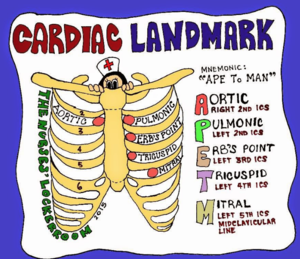14109936
T2DM - HPA
Zusammenfassung der Ressource
| Frage | Antworten |
| What is T2DM | A condition in which the body slowly becomes resistant to insulin and/or slowly loses the capacity to produce enough insulin to meet BGL demand |
| What are the risk factors? | - Increasing age - Obesity/increased amount of abdominal fat - Physical inactivity - Hypertension - High cholesterol and/or triglyceride level - Occurs more frequently in women that have a history of gestational diabetes, polycystic ovary syndrome or delivering a baby weighing more than 4.1kg - Strong genetic predisposition |
| Causes | Not well known, links to obesity are strong but research is not clear on the exact cause of the pathophys of the disease |
| Pathophysiology | Progressive condition in which the body becomes resistant to the normal effects of insulin and/or gradually loses the capacity to produce enough insulin in the pancreas. Type II DM is a condition of fasting hyperglycaemia despite the availability of endogenous insulin. Insulin resistance forces the pancreas to work harder and produce more insulin, but when demand exceeds supply, DM results. There is insufficient insulin to prevent the breakdown of fats with resultant ketosis. Therefore Type II is a nonketotic form of diabetes. |
| Symptoms | 2 Ps - polydipsia and polyuria Blurred vision, fatigue, paraesthesia, skin infections - all the result of hyperglycaemia. |
| Medications & treatment | People with type II are usually able to control glucose levels with diet and/or an oral hypoglycaemic medication. If control is inadequate, insulin may be required. Insulin (such as Actrapid) is introduced when beta-cell function declines Oral hypoglycaemic meds: - Gliclazide & Metformin |
Möchten Sie mit GoConqr kostenlos Ihre eigenen Karteikarten erstellen? Mehr erfahren.

